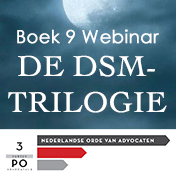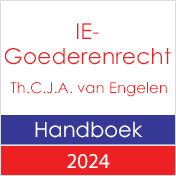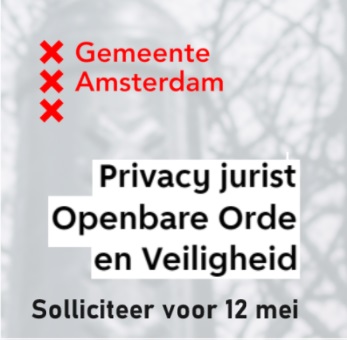
B9 10109. Gerecht EU, 9 september 2011, T-36/09, DM-drogerie markt tegen OHIM / Distribuciones Mylar (dm).
Merkenrecht. Oppositieprocedure o.g.v. nationaal beeldmerk „DM” tegen aanvrage van het woordmerk ‘dm’ Gedeeltelijk toegewezen voor klassen 9 en 39. Het gerecht vernietigt de beslissing van het OHIM voor zover het niet de gewijzigde versie van de beslissing van de oppositieafdeling van 16 mei 2007 betreft.
14. In a decision of 16 May 2007, which was notified to the applicant on the same day, the Opposition Division upheld the opposition as regards the goods in Class 9 referred to in paragraph 7 above, with the exception of ‘spectacles’ and ‘thermometers’. On the other hand, the opposition was rejected in respect of the spectacles and thermometers in Class 9 and in respect of all the goods in Class 16.
16. The Opposition Division went on to find that there was a likelihood of confusion between the mark applied for and the opponent’s mark in respect of all the goods considered to be similar, including those which were ‘found to be only remotely similar’. Consequently, registration of the mark applied for was refused in respect of those goods, including exposed films and audio and video cassettes.
17. By letter of 8 June 2007, the Opposition Division informed the parties that it intended, on the basis of Article 77a of Regulation No 40/94, to revoke the decision of 16 May 2007 because of an obvious procedural error, in that the decision did not contain a complete comparison of the goods and services. The parties were asked to submit, within a period of two months, their observations as to whether it was appropriate to revoke the decision.
75. It is clear, therefore, that the correction to the original version of the decision of 16 May 2007 concerned the very substance of that decision and in consequence cannot be construed as the correction of a clerical error. In that regard, it should be pointed out that a contradiction within the grounds of a decision relating to the question whether certain goods covered by the mark applied for and certain goods in respect of which the opponent’s mark was registered are similar can just as easily be resolved in favour of one side of the argument as the other. Likewise, a contradiction between the grounds of a decision and its operative part – arising from the fact that, while certain goods covered by the mark applied for and the goods covered by the opponent’s mark are not found to be similar, the opposition is nevertheless upheld as regards those goods – can also be resolved either by a finding that there is a certain degree of similarity between the goods in question or by the rejection of the opposition as regards those goods.
83. In that regard, it is settled law that acts of the institutions, the bodies and the agencies of the European Union are in principle presumed to be lawful and accordingly produce legal effects, even if they are tainted by irregularities, until such time as they are annulled or withdrawn. However, by way of exception to that principle, measures tainted by an irregularity whose gravity is so obvious that it cannot be tolerated by the legal order of the European Union must – ex officio, if need be – be treated as having no legal effect, that is to say, they must be regarded as legally non-existent. The purpose of this exception is to maintain a balance between two fundamental, but sometimes conflicting, requirements with which a legal order must comply, namely stability of legal relations and respect for legality. From the gravity of the legal consequences attaching to a finding that a measure is non-existent, it is self-evident that, for reasons of legal certainty, such a finding is reserved for situations which are quite extreme (see, to that effect, Joined Cases 7/56 and 3/57 to 7/57 Algera and Others v Common Assembly [1957] ECR 39, 60-61; Case 31/76 Hebrant v Parliament [1977] ECR 883, paragraph 23; Case 15/85 Consorzio Cooperative d’Abruzzo v Commission [1987] ECR 1005, paragraphs 10 and 11; and Case C-137/92 P Commission v BASF and Others [1994] ECR I‑2555, paragraphs 48 to 50.
Lees het arrest hier.



























































